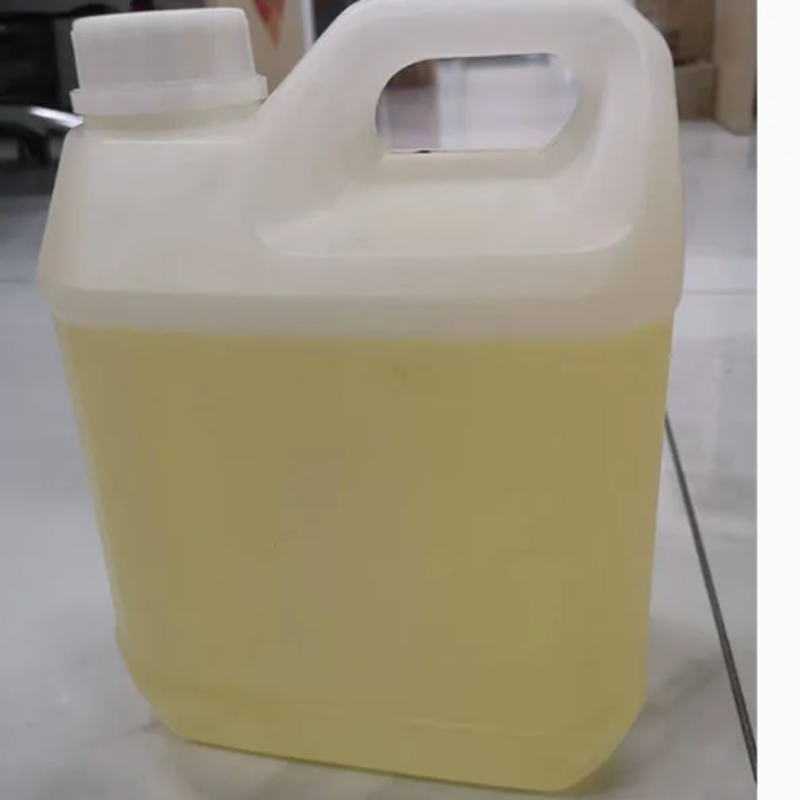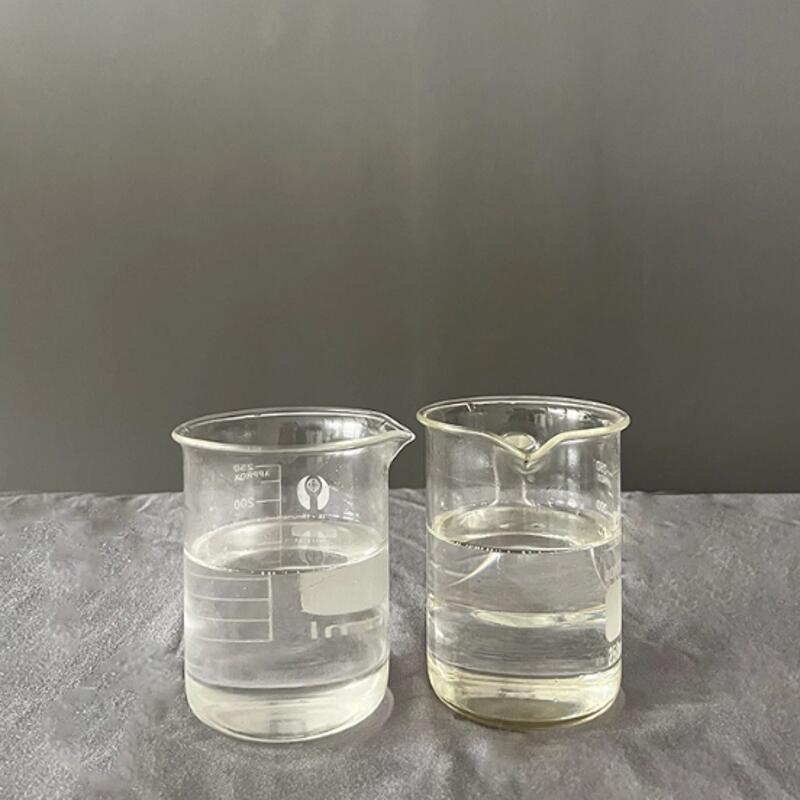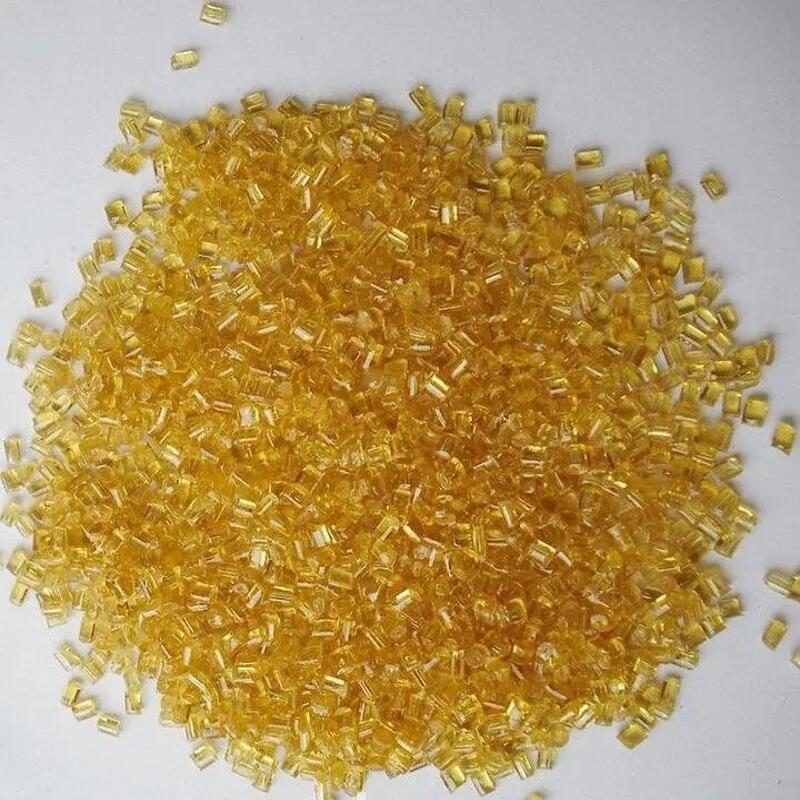-
Categories
-
Pharmaceutical Intermediates
-
Active Pharmaceutical Ingredients
-
Food Additives
- Industrial Coatings
- Agrochemicals
- Dyes and Pigments
- Surfactant
- Flavors and Fragrances
- Chemical Reagents
- Catalyst and Auxiliary
- Natural Products
- Inorganic Chemistry
-
Organic Chemistry
-
Biochemical Engineering
- Analytical Chemistry
-
Cosmetic Ingredient
- Water Treatment Chemical
-
Pharmaceutical Intermediates
Promotion
ECHEMI Mall
Wholesale
Weekly Price
Exhibition
News
-
Trade Service
Plastic pollutants with a particle size of less than 5mm in the environment are called microplasti.
In fact, the harm caused by microplastics in the soil is far more serious than we thi.
So how exactly do microplastics get into the soil? What harm does it cause?
Ways microplastics contaminate soil
Ways microplastics contaminate soilAgricultural film pollution: China is a large agricultural production country, and the use of agricultural plastic film is also hi.
Agricultural film pollution:
Water and sludge pollution: According to the survey, about 90% of microplastics will accumulate in sludge after sewage treatme.
Water and sludge pollution:
Biodegradation pollution: After ingesting plastics, some soil-eating animals (earthworms) undergo grinding and metabolism in their digestive systems to produce secondary microplastics, or re-enter the food chain after metabolism, and are brought into the soil or through birds Migration spre.
Biodegradation pollution:
Atmospheric deposition pollution: According to previous reports, microplastics have been found in their snow in the Alps, Antarctica and other plac.
Air Deposition Pollution:
Organic fertilizer pollution: The situation of plastic pollution in foreign organic fertilizers has been exposed before, and its investigation on the content of plastic fragments larger than 5mm found that there are many visible plastic fragments in organic fertilizers, although the particle size is small.
Organic fertilizer pollution:
Harmful effects of microplastics on soil
Harmful effects of microplastics on soilAdsorption of pollutants and microorganisms: Scholars generally believe that microplastics play the role of transport carriers of pollutants in the environment, such as heavy metals and organic pollutan.
Adsorption of pollutants and microorganisms:
Affect soil biodiversity: The plasticizers contained in plastics will enter the soil during the degradation process, reducing the microbial diversity in the soil, blocking the nutrient exchange between soil and plants, and even changing the function of terrestrial ecosystems in severe cas.
Impact on soil biodiversity:
Changing soil properties: On the basis of the increase in the adsorption of pollutants and the decrease in the microbial community, the increase of plastic particles in the soil further changes the physical properties of the soil, which is directly reflected in problems such as decreased viscosity, enhanced soil porosity and hydrophobicity, e.
Change soil properties:
Harm of soil microplastics to organisms
Harm of soil microplastics to organismsEarthworm, as an organism that is often used as a reflection of soil quality, is also one of the recommended test species in the international standard of ecotoxicolo.
Harmful substances adsorbed by microplastics may be released into the soil through leaching and other effects, and plants may accumulate toxic substances inside them after being absorb.







